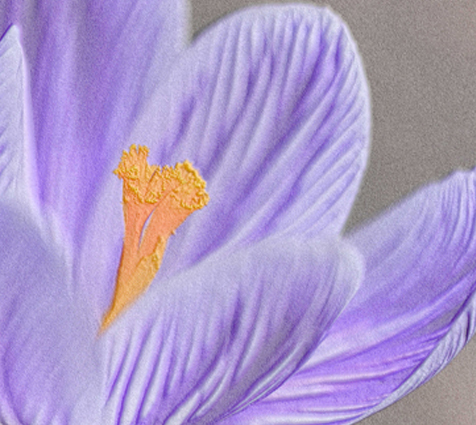Kala Ramesh
Space After My Nose Ends
I vividly remember Pandit Kumar Gandharva’s last concert at Savai Gandharva Mahotsav, in Pune. He came on stage and waited, tuned the two tanpuras, waited, tuned the tanpuras again, and waited, just looking around. Handing the instruments to his students, who were sitting behind him, he closed his eyes and simply immersed himself in the perfectly synchronized bass-note drone of the two tanpuras. Seconds, minutes ticked by. With 20,000 connoisseurs waiting expectantly for Kumar ji to begin his recital, a full 30 minutes passed. He had erased the previous musician’s recital from our minds. He began with Raga Shankara’s gandhar, which is the third note in the sol-fa scale—mi.
Nearly three decades later, I still remember that gandhar sitting perfectly in place and believe I understood the position of this note in the raga that day. Much later I read an interview given by Kumar ji’s son, who said that nobody understood or knew gandhar as well as his father.
I close the door – the birdsong lives in me
On my last visit to London, I entered Trafalgar Square’s art gallery to see a group of visitors following a curator who was explaining a few chosen paintings. We reached Caravaggio’s painting of Jesus Christ. The curator spoke about Christ’s smooth-shaven face. Particularly striking were the fruit bowl half-jutting off the dining table and the non-believer’s arm coming out towards the viewer. She spoke of Caravaggio’s use of lateral space in this painting, tempting the viewer to push back that fruit bowl before it falls off the table!
I was fascinated by her comments. I’ve known paintings that show space by not cluttering the canvas, by using negative space, or by different treatments of the brush strokes. Her description of lateral space was new to me that day.
entering the room . . . I return Mona Lisa's smile
village temple
dewdrop-moons rock and roll
on lotus pads
About the Author

Kala Ramesh is a renowned pioneer in the field of haikai literature in India. Her book Beyond the Horizon Beyond: Haiku & Haibun was awarded a Rabindranath Tagore Literary Prize Certificate in 2019.

Such a beautiful Haibun taking me places with the observer. I’m at once in tune with her observations while exploring my own through the vivid descriptions and my own experience of both the song as well as the painting. The link and shift in between flowed naturally and the ku lent it a certain delicate frame.
Thanks a ton, Shalini.
Happy it worked so well for you. _()_
Great art work of art !
Thanks, Rajeshwari _()_
Loved every bit of it! I’m not much into music and art, but your vivid portrayal made me feel one with both the scenes.
This is stunning! Your haiku so well placed between the prose. You bring to us things we don’t normally perceive. Thank you for showing us ‘space’ and the importance of it in our writing. Beautiful!!
Firdaus,
Thank you so much for noticing the ‘space’ I tried to weave in this haibun.
Your noticing something so minute and unnoticeable makes my journey into this art form so worth it.
Thank you _()_
Experiences beautifully woven in words. The birdsong lives in me – wow! How we carry the stands of memories over the years. Vivid haibun, it leaves a lingering after taste!
Thank you, Teji,
You are such a sensitive poet and when I get such a compliment from you, it’s huge for me.
_()_
I love this Mam…
அறைக்குள் நுழைகிறேன்
திரும்பி வருகையில்
மோனலிசாவின் புன்னகை
Great work
Thanks, Raju.
Nice ku there … Tamizh sounds so musical.
_()_
Great work, outstanding ! Congrats Kalaji 💐💖
Thanks a ton, Bidyut Prabha.
Happy you enjoyed this haibun
A fine haibun, Kala.
marion
Thanks a ton, Marion.
Happy you like it. _()_
Silence can be painted, too. Thank you, Kala for opening the window to see the flock f pigeons picking the grains!
Wow! Mallick,
Thank you so much for taking the trouble to post your comment here.
I’m deeply touched.
See you next week.
“I return Mona Lisa’s smile”. Stunning ku , kala
loved the haibun and especially the part on ‘lateral space’ and the different take on it and returning Mona Lisa’s smile is a masterpiece!